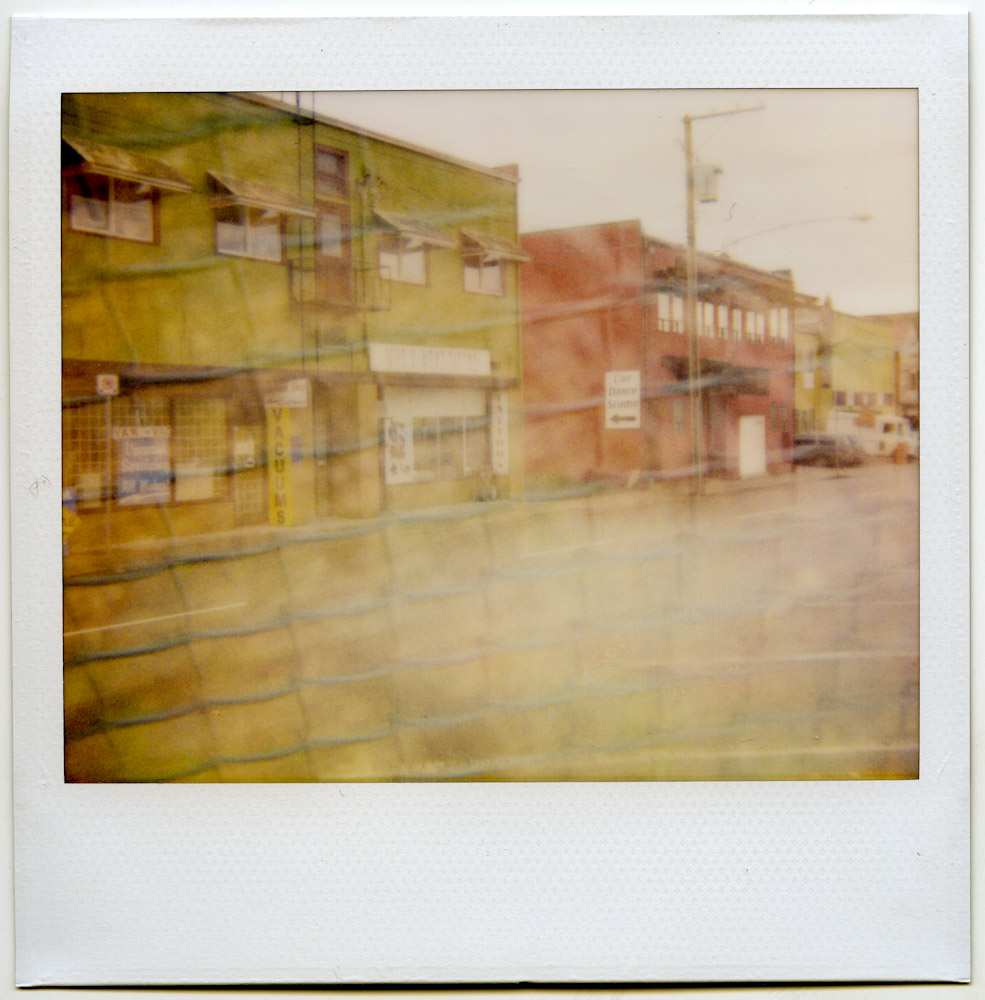Jan
19
2012

So I’ve managed to post 1000 cell phone pictures to Mytubo in the last 4 months. It’s been an interesting exercise made all the more fun through some friendly ribbing back in forth with Duncan Turner of DLT photographic. I’m slightly disillusioned at the same time I’ve been enlightened. In general people like pretty pictures and don’t like to be challenged. You need to visually slap people upside the head with a kitten to get attention. I’m not just lamenting the fact that some of my better images go unnoticed while formulaic pleasant ones get lots of likes and often become hot pics it’s the same for everyone. I have a better understanding of how my images are viewed and understood or misunderstood.
I think as a painter I create a lot of images that are really about the masses of colour and division of the image plane but most people there expect photographs to be about something making these images appeal to a much smaller audience. I do now have a large library of cell phone pictures all composed for the square which will fit together nicely in a mosaic. I’m not done either I may even pick up the pace.
1 comment | tags: cell phone, Photography | posted in Cameras, Photography
Jan
16
2012
Not to be confused with shooting a Red Rider BB gun. When you use a lot of older rangefinder cameras they do seem to meld into one after awhile. After all the form did not change in any great amount for decades and they were manufactured by many more camera companies than exist today. So it’s difficult to really see something that makes one stand out from the pack, you may be thinking OK what makes this one stand out Wallace, and the answer is nothing particularly. Produced in 1959 It has a 48mm f 2.8 lens certainly not the fastest, and a selenium cell metering system that is not coupled. The aperture, shutter and focus are all nicely built with smooth precise movements. Even the film advance has a wonderful ratcheting sound that reinforced the quality of the camera. So while it doesn’t stand out from the pack it certainly is nicely built and operates accordingly 

These sample shots were done on a wet overcast day using Kodak Ektar 100 I’ve played around with the colour extensively which is possible with the amount of raw information recorded with that film. It really produces scans that can be manipulated much like a digital capture. Update I almost forgot to mention this roll of film was saved after the film leader was sucked back inside by my Fuji DL500 which is another story altogether. Thanks Duncan from Lens and Shutter for pulling the end back out without anyone having to resort to inserting wet film to grab it.
1 comment | tags: Cameras, film, Mamiya, rangefinder | posted in Cameras, Photography
Jan
11
2012
Not every image can and should be composed by “rules” but awareness of the underlying reasons can aid in understanding how to use them to create images that say what you intended. When composing within a square format things are slightly different than the more familiar rectangle. The image edge is even more important and in reality is part of the overall picture. What I mean by this is that the placement of the focal point is more strongly felt in a square image than a rectangle as the distance between the focal point and any one edge is easily visualized. So the balance of an image within the frame is more quickly discernible by the viewer even if only subconsciously.
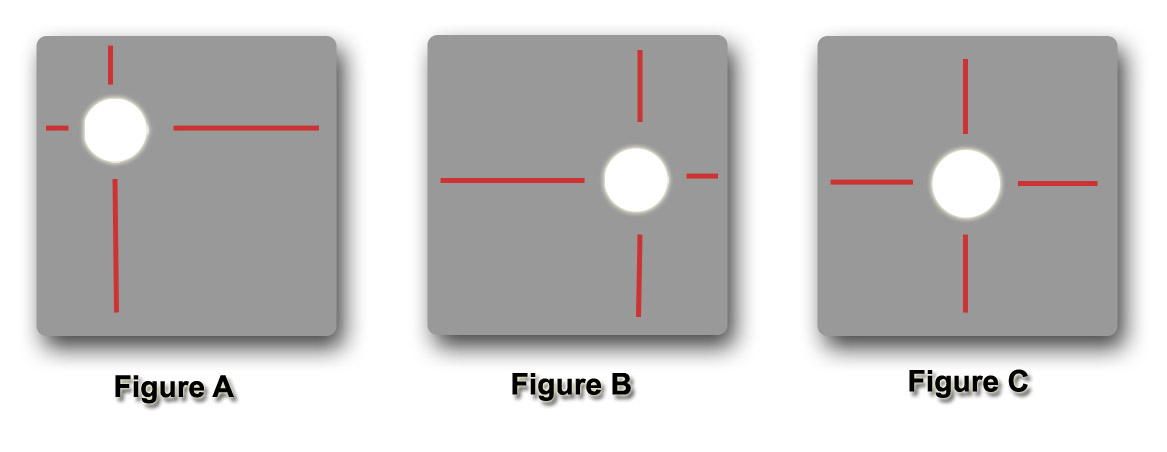
Looking at figure A it is clear that the circle, which for this illustration represents our focal point, is in a dynamic position with greater tension between the left and top edge verses the bottom and right edge.
Figure B is also unbalanced but to a lesser degree as the tension is primarily between the left and right edge of the frame.
In the final illustration Figure C you can see that the image is balanced and the competing tensions are neutralized.
When composing for rectangles we often try to avoid placing the focal point at the center of the image. With rectangles there never is truly complete balance as there is always a difference between the distances from top to bottom or left to right. The result of this is usually a very static and boring image.
Here are four examples of images shot with my cell phone that illustrate the point of balance between the subject and the frame.
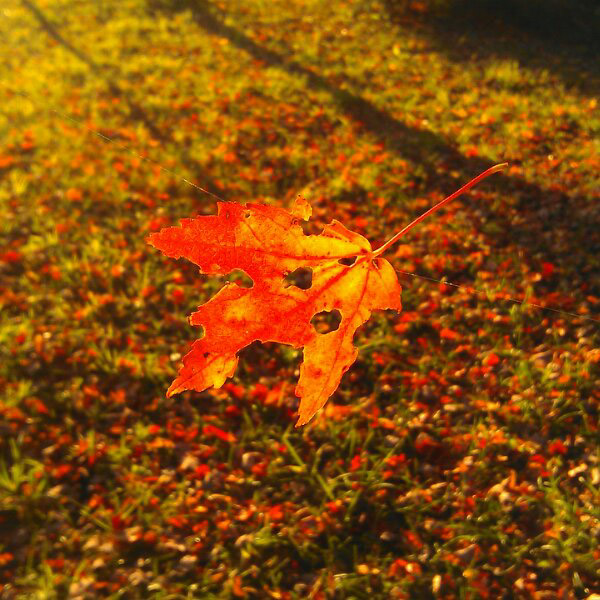
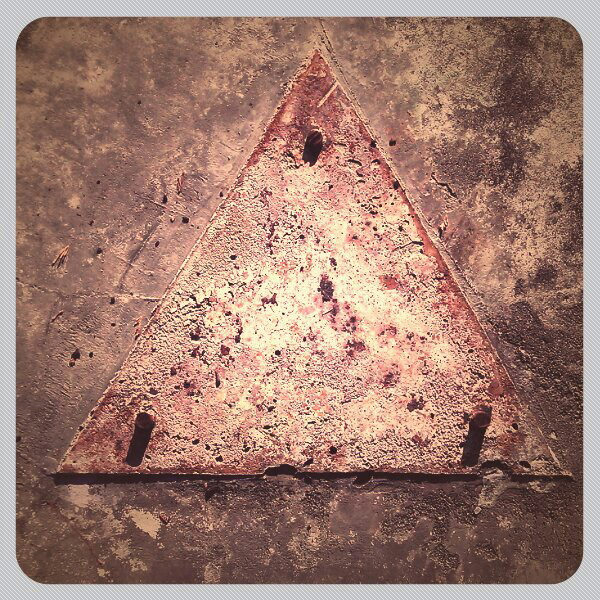
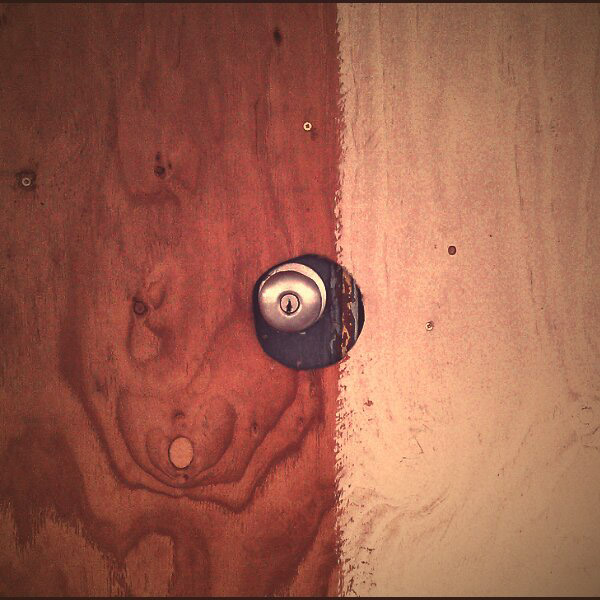
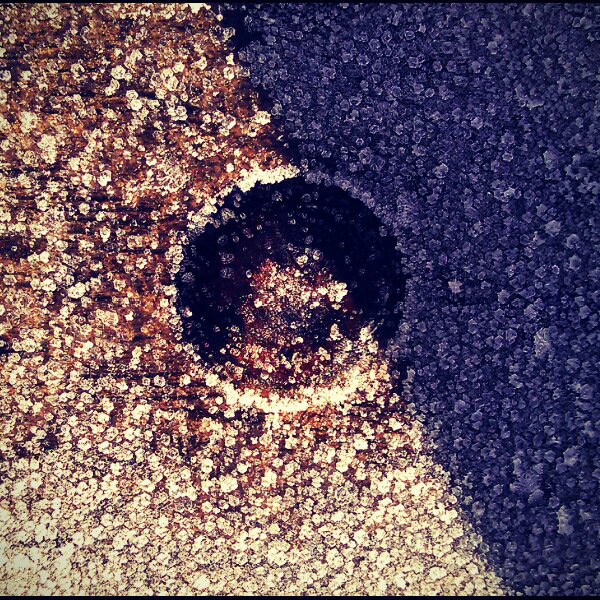
You can also see that in the latter two images I have divided the image plane separately from the focal point adding to the interest of the images while keeping the focal point balanced.
More often than not this will still not produce the most dynamic composition but thinking about the picture edge and it’s effect on the image will help you create better compositions.
Don’t be afraid to break out of the box
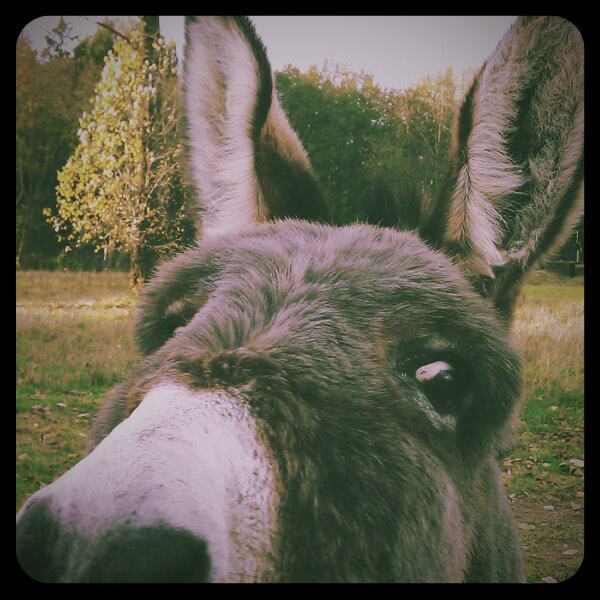
2 comments | tags: composition, Square | posted in Composition, Photography
Jan
10
2012
I wanted to show a simple example of how powerful a point of high contrast can be in a composition. Despite the small size of the light coloured branch it’s contrast against the darker tree pulls the eye to it. In this case it is not the intended center of interest and it therefore detracts from the image. While it is no longer strictly a photograph but also a manipulated image it is a better and simpler composition. So would we say the same thing if I had done the pruning then and there as opposed to digitally? That I will leave to you to decide.
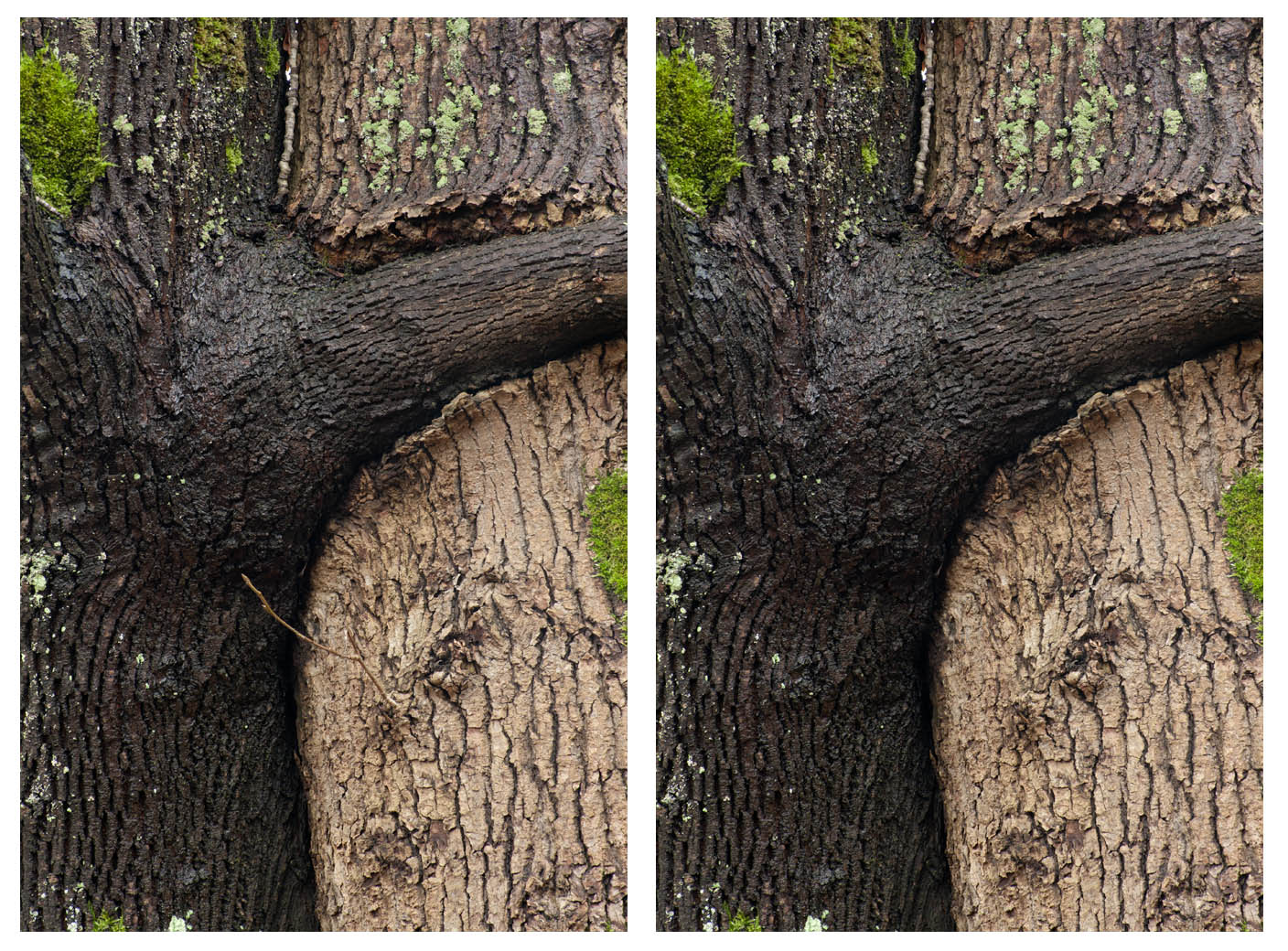
no comments | tags: composition, Photography | posted in Composition, Photography
Jan
9
2012
All of these shots except the apple were done with the Pentax SMC A 28mm lens on the Pentax K10D. For the apple I used the SMC A 70-210 F4. The 28mm on my APSC cameras gives an equivalent field of view as a 42mm lens would on 35mm film, which lies somewhere between the 35mm of many film point and shoots and the 50mm “normal” prime that came with many film SLR’s. Once in lightroom I played around with the images trying to get a film like look based on other shots I took that day with the Pentax MV and 400 ISO film. Between using the older glass and the processing I think I created images that look like they could have come from a film point and shoot camera which was my intent. The preset can be downloaded by right clicking on the link and selecting save as. Wkoopmans Colour Film P&S template One of the problems with creating this preset is adding the grain. Lightroom added the ability to introduce grain to an image with Lightroom 3 but it is a simple solution that works best with black and white film. The grain of colour film is more complex with different amounts of colour mottling that Lightroom has no answer for.
3 comments | tags: Digital, film, Lightroom, Pentax, template | posted in Photography, Processing
Jan
5
2012
The B.C. sugar refinery warehouse building is very photogenic and I couldn’t pass it up when I was at the Vancouver waterfront recently. There is little point to me writing about it’s history as there is an excellent article in the Vancouver Sun that covers it all. Sugar Coated History
3 comments | tags: Digital, Nikon, p7000, Photography, Vancouver | posted in Photography
Jan
2
2012
No Mulberry bushes though, I don’t even know what they look like. But these were all shot one morning with my Nikon P7000 when I went for a walk, on a cold…
no comments | tags: Digital, frost, Nikon, p7000, Photography | posted in Photography
Dec
30
2011
While watching a documentary on Fred Herzog Snapshot: The art of Photography II, a Vancouver photographer best known for his Kodachrome slides of the city during the 1950’s and ’60s, I was struck by his use of the Canon WP-1 while being interviewed on the street. It got me to wonder why he would be using a 15 year old point and shoot camera. Never having met him I clearly have not asked why but here are my reasons that he might choose this camera despite all the other options available. These are not in any particular order but as they come to mind.
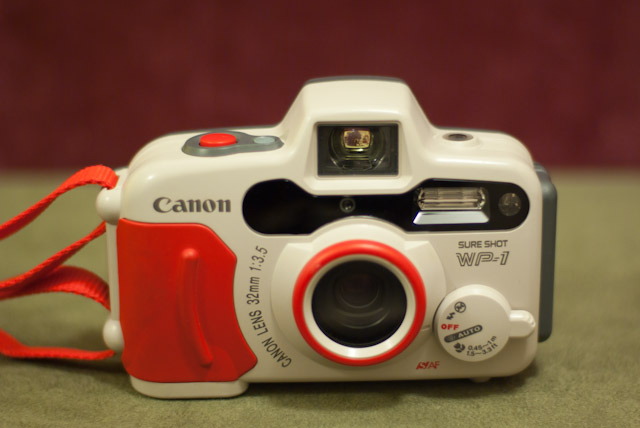
1. It is weather proof (this can be an important thing in Vancouver at some times of year)
2. It has an large viewfinder with a 33mm eye-point in fact you can compose pictures with out even bring it right to your eye.
3. It has a simple control dial on the front that does all the functions in a simple arrangement (Flash Off,Flash On, OFF, Auto, Macro) the only buttons are shutter and timer
4. It is quiet, the shutter and film advance are on the quiet side for a point and shoot film camera likely going unnoticed on the street.
5. The Lens is 32mm which is wide but not too wide
6. Here I may be stretching things but because of its construction the lens is completely internal allowing you to put the camera right up against glass.
That seems like plenty of reasons to me. So with some new found interest in retrying this camera I loaded it with some film (I will refer back to this in a moment) and went out and shot a roll of 24. And the result is that despite it’s toy like and slightly ugly appearance it functions well as a wide angle street camera with little fuss. Now as to the film, unfortunately I shot what was film in name only. I need to find any other rolls of this stuff and do an analogue delete on it. I think I’m cured, for now, from my pentient for shooting with anything I find or am given.
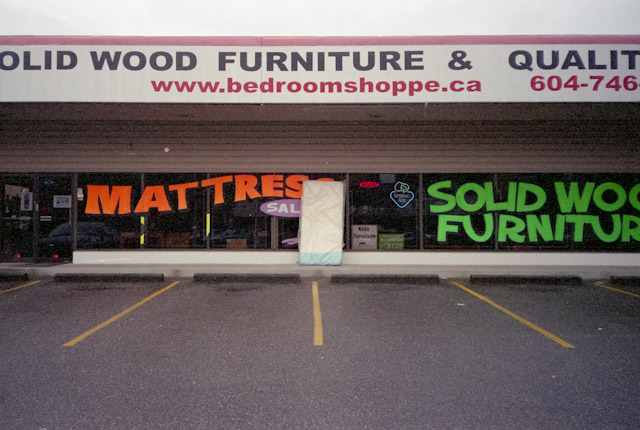

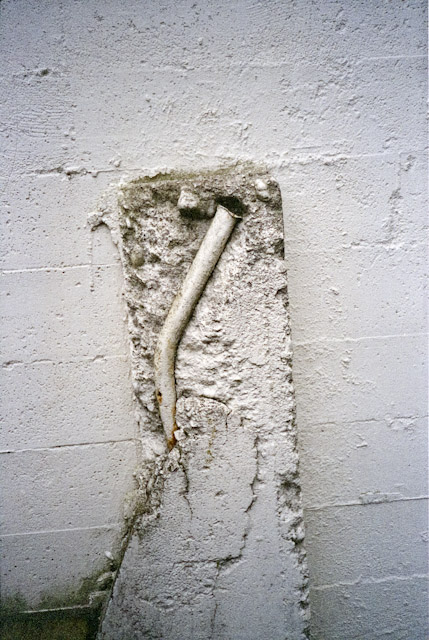
2 comments | tags: Canon, film, WP-1 | posted in Cameras, Photography
Dec
28
2011
A walk a long the Trans Canada trail in Burnaby B.C. gave some interesting industrial views. I shot these all with the Nikon P7000 which is much improved in operation since the latest firmware update (Version 1.2). One of the problems addressed by this update was the focus system. It is the one area that really caused me issues particularly focus at the long end of the zoom. Previously it often failed to lock focus despite having a good contrasty subject and lots of light. Now the camera focuses without problem at all focal lengths. Also improved is it’s ability to focus in low light, and the overall speed of focus. It really can’t be over stated this is a major update that anyone with a P7000 should consider doing. The P7000 has become my default carry everywhere camera with it’s very effective 6.0 to 42.6mm (28-200 equivalent) zoom. The P7100 that replaced it uses the same lens and sensor so while it may have improved operation the final result will be the same, for this reason the P7000 is an excellent deal while they are still available and I would buy another one despite all the other cameras competing in this class.
5 comments | tags: Nikon, p7000, Photography, steel | posted in Composition, Photography









